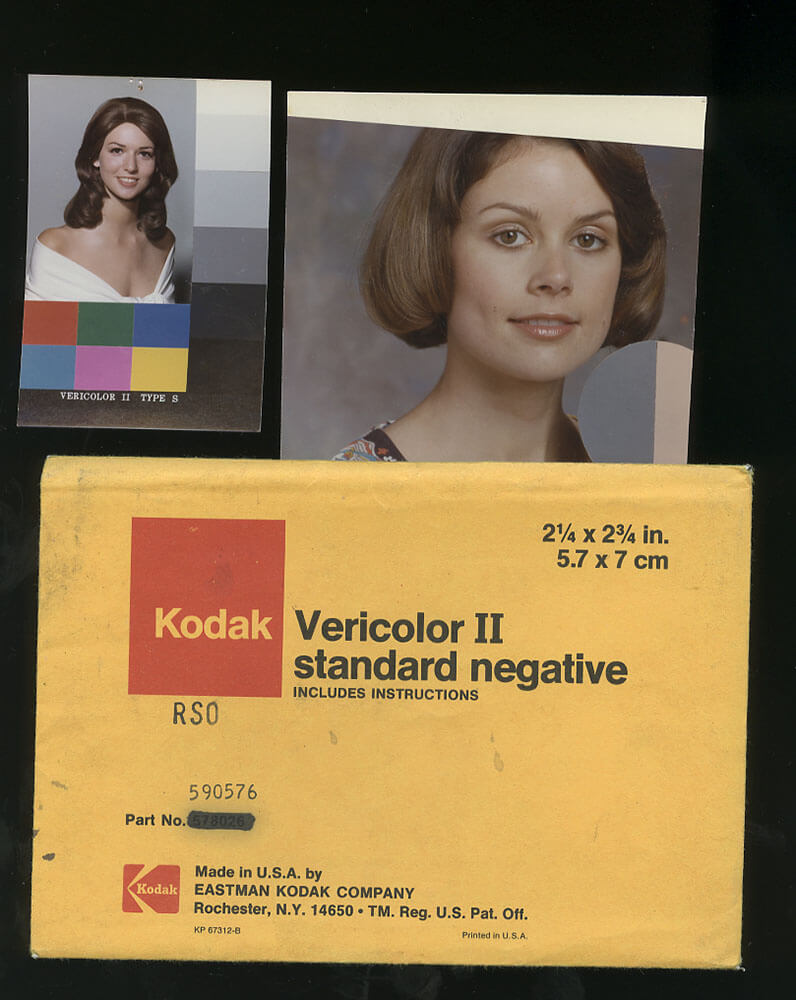This is a good article that gives background behind how film stocks were created to make particular skin tones look realistic.

RTD 365 covers single channel field video production at the intersection of industrial practice and personal expression.
